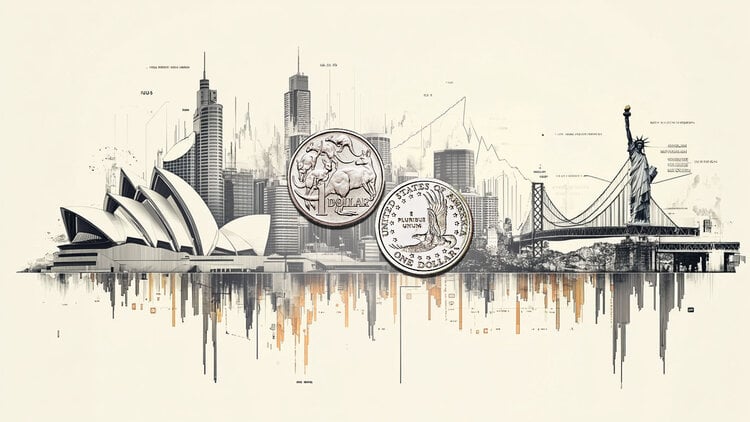- The Aussie Dollar regains lost ground and approaches yearly highs at 0.6595.
- A hawkish RBA and hopes of further stimulus in China are underpinning the Aussie.
- US Jobless claims highlight the labour market’s resilience and curb hopes of Fed cuts.
The Australian Dollar is showing an exceptional bullish tone on Friday’s European morning session. The pair has reversed previous losses and trades practically flat on the day, at a short distance to the year-to-date high, at 0.6595.
The pair is on track for its third consecutive positive week, still buoyed by the Reserve Bank of Australia´s decision to maintain its benchmark interest rate at 3.85% earlier this week against a widely expected 25 bps rate.
Beyond that, market speculation about a new round of economic stimulus in China, Australia’s major trading partner, is providing additional support to the Aussie. Market sources suggest that Beijing would be preparing further stimulus measures to support its real estate sector.
This news has contributed to easing negative pressure from growing trade uncertainty, after US President Trump announced a new batch of levies on some of its main trading partners, and hiked blanket tariffs to all other countries to 15% or 20% from the previous 10%.
Beyond that, US data released on Thursday showed an unexpected decline in Jobless Claims, which posted its lowest reading in the last seven weeks. These figures offset the dovish comments from Fed officials Waller and Daly, who reiterated the call for lower interest rates and provided additional support to the US Dollar.
RBA FAQs
The Reserve Bank of Australia (RBA) sets interest rates and manages monetary policy for Australia. Decisions are made by a board of governors at 11 meetings a year and ad hoc emergency meetings as required. The RBA’s primary mandate is to maintain price stability, which means an inflation rate of 2-3%, but also “..to contribute to the stability of the currency, full employment, and the economic prosperity and welfare of the Australian people.” Its main tool for achieving this is by raising or lowering interest rates. Relatively high interest rates will strengthen the Australian Dollar (AUD) and vice versa. Other RBA tools include quantitative easing and tightening.
While inflation had always traditionally been thought of as a negative factor for currencies since it lowers the value of money in general, the opposite has actually been the case in modern times with the relaxation of cross-border capital controls. Moderately higher inflation now tends to lead central banks to put up their interest rates, which in turn has the effect of attracting more capital inflows from global investors seeking a lucrative place to keep their money. This increases demand for the local currency, which in the case of Australia is the Aussie Dollar.
Macroeconomic data gauges the health of an economy and can have an impact on the value of its currency. Investors prefer to invest their capital in economies that are safe and growing rather than precarious and shrinking. Greater capital inflows increase the aggregate demand and value of the domestic currency. Classic indicators, such as GDP, Manufacturing and Services PMIs, employment, and consumer sentiment surveys can influence AUD. A strong economy may encourage the Reserve Bank of Australia to put up interest rates, also supporting AUD.
Quantitative Easing (QE) is a tool used in extreme situations when lowering interest rates is not enough to restore the flow of credit in the economy. QE is the process by which the Reserve Bank of Australia (RBA) prints Australian Dollars (AUD) for the purpose of buying assets – usually government or corporate bonds – from financial institutions, thereby providing them with much-needed liquidity. QE usually results in a weaker AUD.
Quantitative tightening (QT) is the reverse of QE. It is undertaken after QE when an economic recovery is underway and inflation starts rising. Whilst in QE the Reserve Bank of Australia (RBA) purchases government and corporate bonds from financial institutions to provide them with liquidity, in QT the RBA stops buying more assets, and stops reinvesting the principal maturing on the bonds it already holds. It would be positive (or bullish) for the Australian Dollar.

